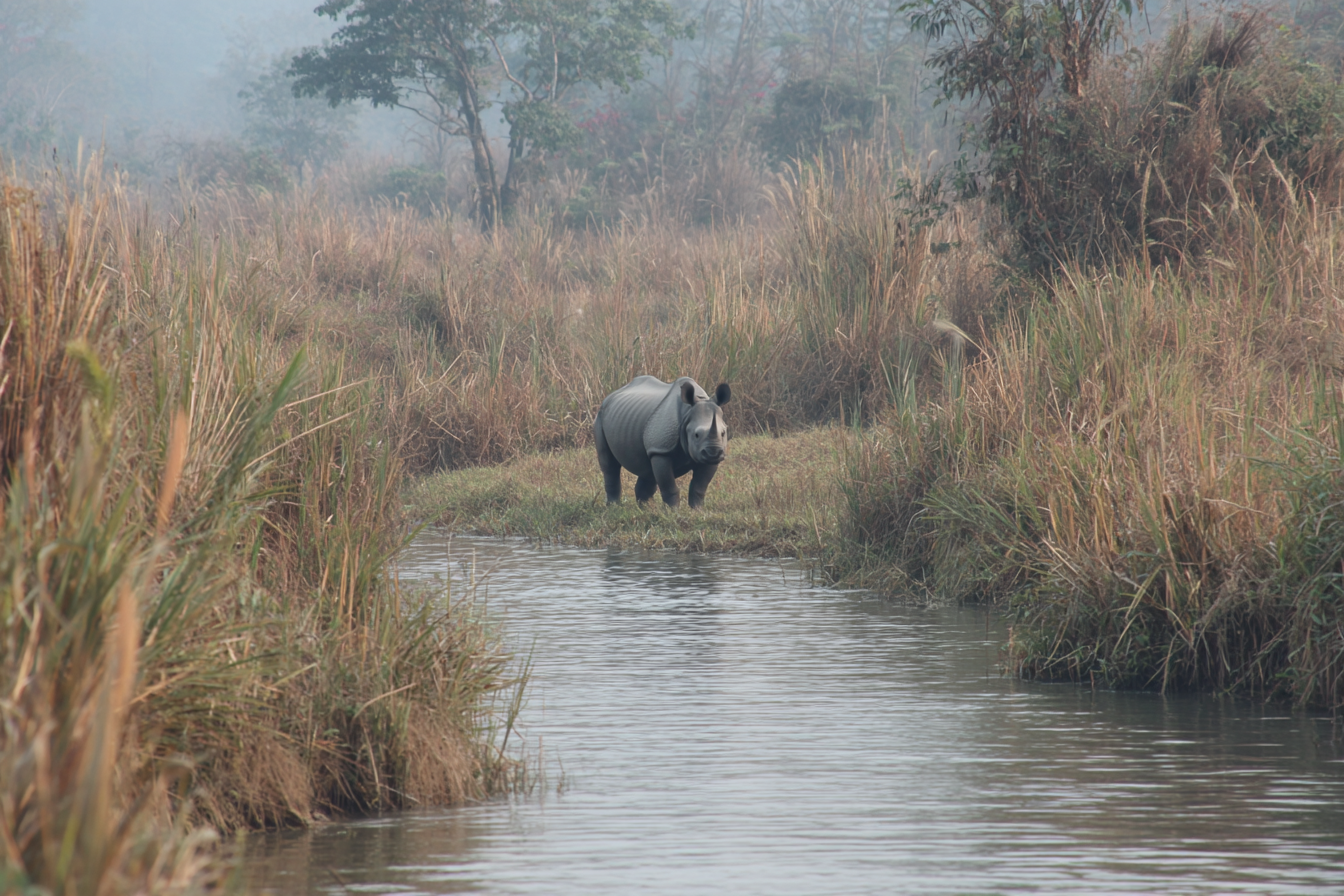Chitwan National Park, nestled in the heart of Nepal’s subtropical lowlands, is a vibrant sanctuary that hosts an incredible array of wildlife species. Known for its rich biodiversity, the park offers visitors a chance to experience some of the most iconic and rare animals found in South Asia. From the majestic Bengal tiger to the elusive one-horned rhinoceros, and a colorful variety of birds, reptiles, and amphibians, Chitwan’s wildlife is as varied as it is captivating. If you’re planning a visit, understanding the species that call this park home will enrich your experience and deepen your appreciation for this natural treasure.
Overview of Chitwan’s Ecosystem
Chitwan National Park covers an area of approximately 932 square kilometers in the subtropical Terai region of Nepal. This diverse ecosystem encompasses dense forests, grasslands, and riverine habitats, creating an ideal environment for a wide range of flora and fauna. The park’s landscape is shaped by the Rapti, Reu, and Narayani rivers, which provide vital water sources supporting both animals and vegetation.
The combination of sal forests, floodplain grasslands, and wetlands makes Chitwan a haven for many wildlife species. The park’s ecosystem supports complex predator-prey relationships and offers crucial breeding grounds for endangered animals. This unique environment not only safeguards animal populations but also helps maintain ecological balance in the region.
Key Mammal Species
Chitwan National Park is particularly famous for its spectacular mammals, many of which are globally significant due to their conservation status and ecological roles.
One-Horned Rhinoceros
The Indian one-horned rhinoceros is one of the most iconic residents of Chitwan National Park. Once on the brink of extinction, conservation efforts in the park have successfully helped this species’ population rebound. These majestic creatures can weigh up to 2,200 kilograms and are primarily found grazing in grasslands and near water sources. Their prominent horn and armored skin make them an impressive sight and a favorite among visitors.
Bengal Tiger
The park is also renowned for its Bengal tigers, a symbol of Nepal’s wildlife conservation success. Tigers are elusive predators that thrive in Chitwan’s dense forests, where they hunt herbivores such as deer and wild boar. Although spotting a tiger requires patience and a bit of luck, guided safaris increase the chances of seeing these big cats in their natural habitat. The presence of tigers is a sign of a healthy ecosystem, reflecting the park’s balanced food chain.
Asian Elephants
Asian elephants, both wild and semi-domesticated, can be found in Chitwan’s sprawling terrain. These gentle giants play a vital role in shaping the park’s vegetation by creating clearings and pathways used by other wildlife. Elephant safaris offer visitors a memorable way to explore the park and observe other animals from a unique vantage point.
Bird Species and Their Significance
With over 500 bird species recorded, Chitwan National Park is a paradise for birdwatchers and nature enthusiasts alike. The park’s diverse habitats support a wide range of resident and migratory birds, making it one of the most important bird sanctuaries in the region.
Here are some notable bird species that you might encounter:
- Great Hornbill: Famous for its massive yellow casque, this bird is a spectacular sight in the park’s dense forests.
- Kingfishers: Several species, including the white-throated and stork-billed kingfishers, thrive near water bodies.
- Peafowl: The national bird of Nepal, the colorful peafowl, is commonly seen strutting through the grasslands.
- Crested Serpent Eagle: A striking raptor that soars above the forest canopy.
- Pheasants and partridges: Various species add to the park’s rich avian diversity.
Birdwatching in Chitwan is not just an activity; it’s an opportunity to witness the delicate balance of ecosystems and the vital roles birds play in seed dispersal, insect control, and overall environmental health.
Reptiles and Amphibians
Alongside mammals and birds, Chitwan National Park is home to numerous reptiles and amphibians. These creatures, although less visible, contribute significantly to the ecological complexity of the park.
Common reptiles include:
- Gharial crocodiles: Known for their narrow snouts, these critically endangered crocodiles inhabit the Narayani and Rapti rivers.
- Marsh mugger crocodiles: Larger and more robust than gharials, muggers can be found basking along riverbanks.
- Monitor lizards: These large, prehistoric-looking reptiles roam the forest floor and often catch attention due to their size and movement.
Amphibians, such as various species of frogs and toads, thrive in the wetlands and moist areas of the park. Their sensitive skin makes them excellent indicators of environmental health, and their presence signals a thriving ecosystem.
Conservation Status and Efforts
Chitwan National Park stands as a beacon of successful conservation in Nepal and the broader South Asian region. Established in 1973, it was Nepal’s first national park and has since been recognized as a UNESCO World Heritage Site.
The park’s conservation programs focus on protecting endangered species, preventing poaching, and preserving natural habitats. Community involvement has been key, with local groups actively participating in anti-poaching patrols and eco-tourism initiatives that benefit both wildlife and people.
Several international collaborations and funding from global organizations have enhanced wildlife monitoring, habitat restoration, and environmental education inside and around Chitwan. These efforts ensure that species like the one-horned rhino and Bengal tiger continue to thrive.
Wildlife Viewing Tips
Experiencing the wildlife of Chitwan National Park can be truly rewarding when approached with preparation and respect for nature.
- Choose the right time: The best months to visit are from October to March when the weather is cooler and animals are more active.
- Go with experienced guides: Knowledgeable guides increase your chances of spotting elusive species and provide valuable insights into animal behavior and habitat.
- Bring binoculars and a camera: To fully enjoy birdwatching and photography without disturbing the animals.
- Stay quiet and be patient: Many mammals and birds are shy and may only reveal themselves if approached calmly and silently.
- Respect park rules: Keep a safe distance, avoid littering, and never venture off designated trails.
Engaging in ethical wildlife observation not only enhances your experience but also helps protect this delicate environment for future generations.
Appreciating Chitwan’s Biodiversity
The wildlife of Chitwan National Park offers an extraordinary glimpse into the richness of Nepal’s natural heritage. From magnificent mammals and vibrant birds to fascinating reptiles and amphibians, every species plays a vital role in maintaining the health and vitality of the park’s ecosystems.
Whether you are a seasoned naturalist, an enthusiastic birdwatcher, or a curious traveler, immersing yourself in Chitwan’s biodiversity is an unforgettable adventure. By learning about and respecting this remarkable wildlife, we contribute to the ongoing efforts to conserve these species and ensure the park remains a sanctuary for generations to come.







